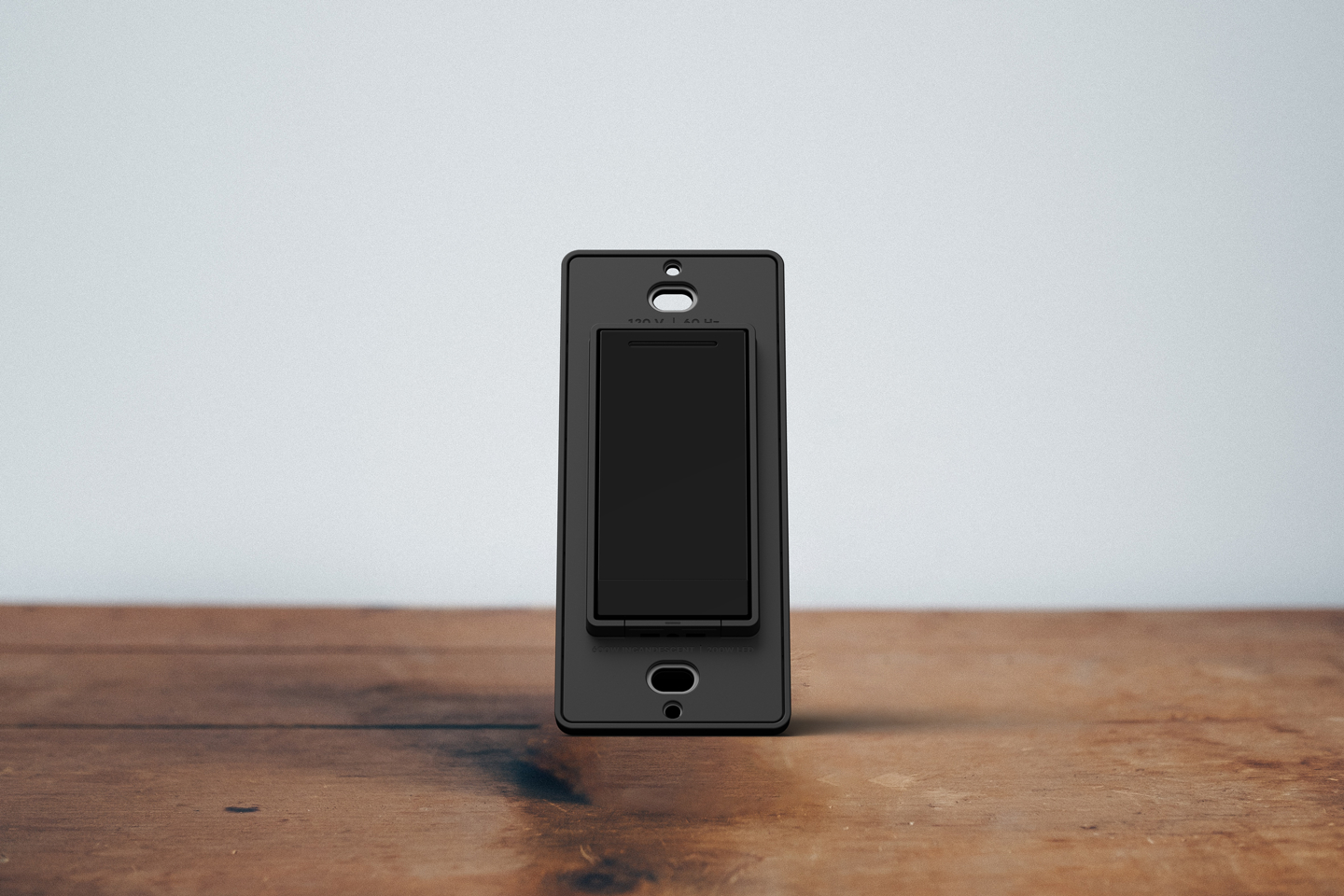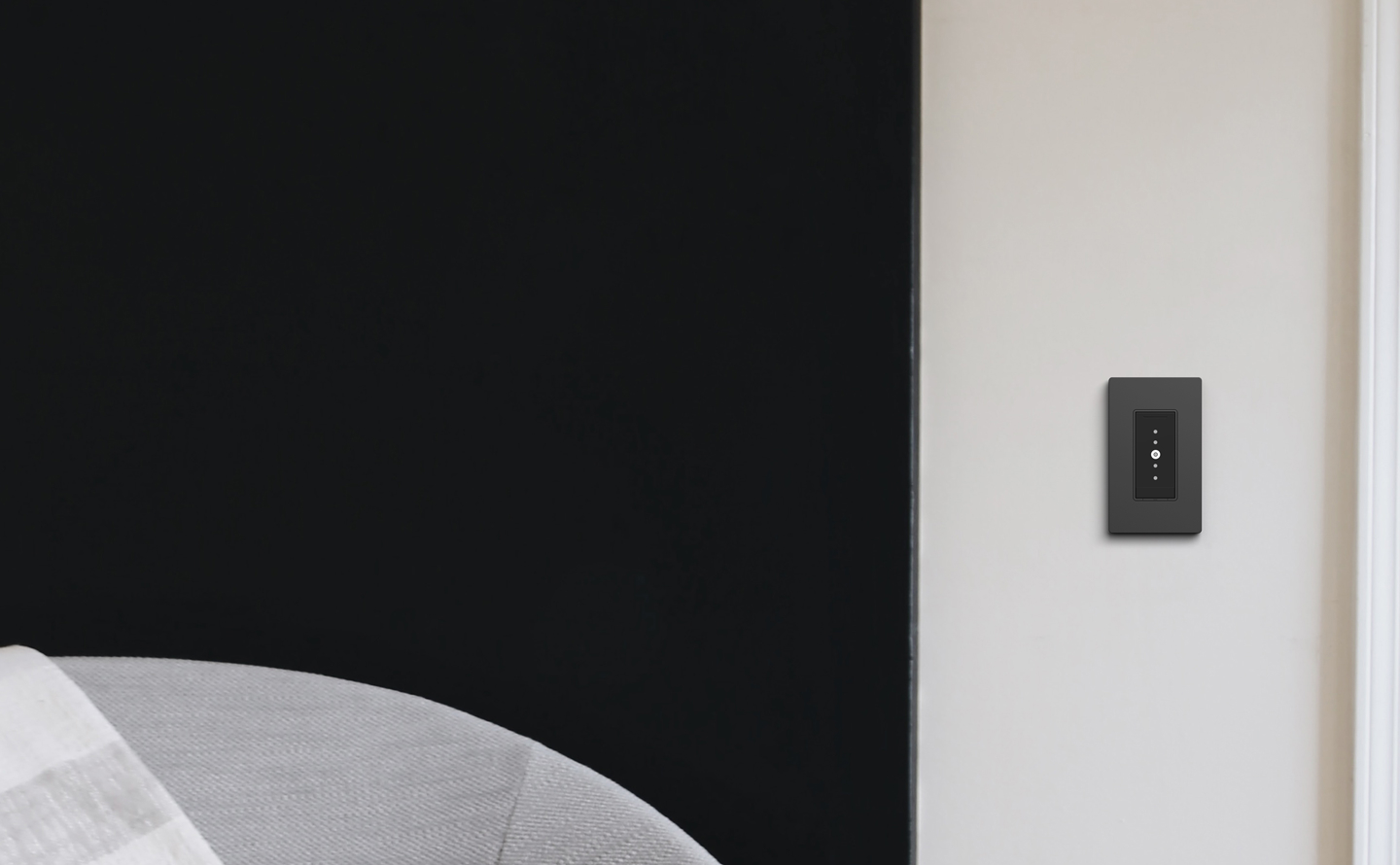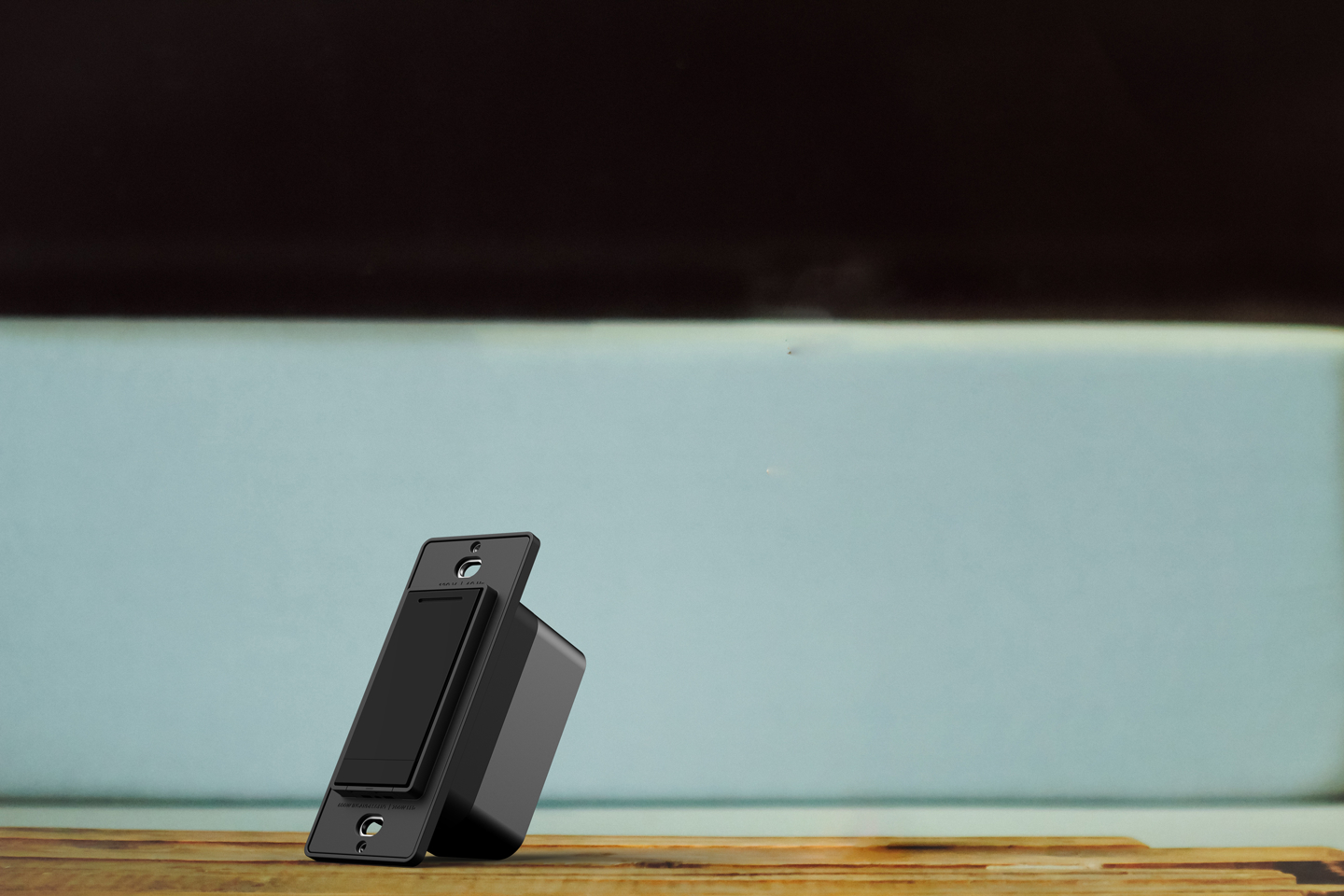The term “smart lighting” is bandied about frequently to attract people who want to control the lights in their homes by means other than flipping manual switches. Most smart lights connect to home Wi-Fi networks, either directly or via hubs, after which owners can control and manage the lights with mobile apps or, increasingly, with voice commands issued to Amazon Echo or Google Home devices.
Lighting control startup Orro recently introduced the Orro Switch, which the company promises is “the world’s most advanced responsive and adaptive home lighting system.”
The Orro Switch has an onboard microprocessor and an array of four sensors. The sensors detect motion, sound, proximity, and ambient light. With multiple sensors, for example, just because you are sitting still in a room binge-watching, Orro won’t assume you have left and turn off the lights because it doesn’t detect movement.
The Orro switch adjusts to sunrise and sunset, incorporating natural light rhythms with the times you turn lights on and off and the brightness levels you choose. The microprocessor includes a universal dimmer that works with all lighting fixtures and bulbs.
Orro founder and CEO Colin Billings told Digital Trends he founded Orro when he began having problems sleeping and discovered the significant effect light has on sleep quality.
Natural light changes during the day and humans have been living with artificial light for a relatively short period of total human existence. By accounting for and adjusting our lighting to natural light cycles in our daily lives we can improve our sleep, Billings says.
After a week of use, Orro claims its switch will learn how you like to use light and will take over control, if that’s what you want. The end result, according to Billings, is home lighting that supports the way you live and also helps you sleep better at night.
Once you complete the initial setup for the Orro Switch, you no longer need to use a smartphone, although the mobile app has additional capabilities. All Orro Switch features are “opt-in,” including which sensors are activated and what data is shared with the app and the cloud.
The Orro Switch is voice command-compatible with Amazon Alexa and Google Home to turn lights on and off, set brightness levels, and trigger routines or scenes. If multiple Orro Switches are installed in the same home, they can be configured to work together so new switches get up to speed instantly on data about your use of light plus the extra data points enrich the overall system’s “knowledge.”
According to Orro, installing and setting up an Orro Switch takes just five to 15 minutes with common household tools. Because Orro uses industrial and automotive electrical components in its switches, it claims the Orro Switch will last at least ten years.
Orro connects with the cloud with user permission, but your lighting settings are stored in the switch. Therefore, if you lose Wi-Fi or internet access, your lighting preferences aren’t held hostage until you regain connectivity.
The Orro Switch costs $199 per unit and is available for purchase now on the Orro website.

Updated February 1, 2019: Added pricing information and further details about how the Orro Switch works.






